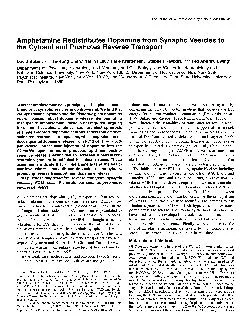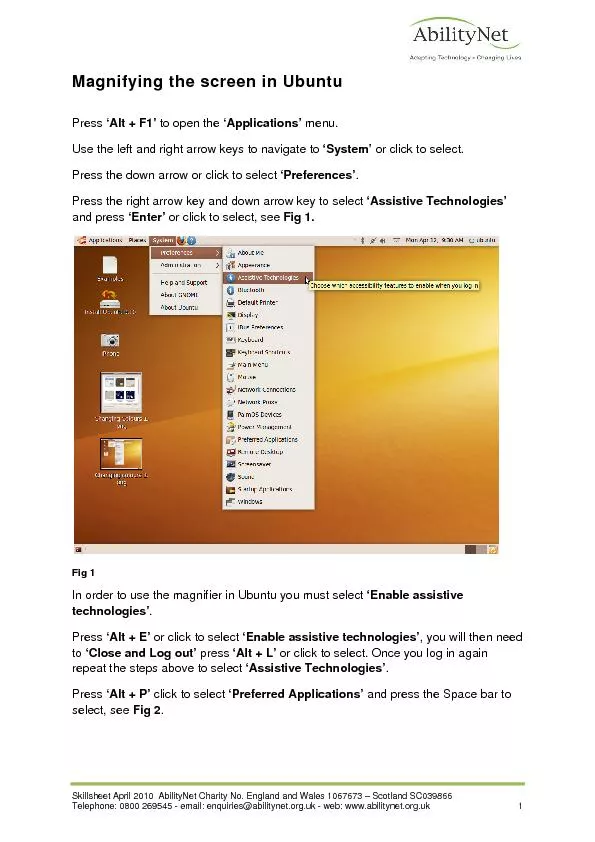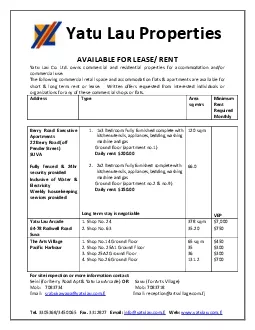PDF-David SuIzer,1.21415 Ta-Kung Chen,‘j Yau Yi Lau,6 Helle Kristense
Author : luanne-stotts | Published Date : 2015-10-06
Whether amphetamine acts principally at the plasma mem brane or at synaptic vesicles is controversial We find that Received Nov 3 1994 revised Dec 29 1994 accepted
Presentation Embed Code
Download Presentation
Download Presentation The PPT/PDF document "David SuIzer,1.21415 Ta-Kung Chen,‘..." is the property of its rightful owner. Permission is granted to download and print the materials on this website for personal, non-commercial use only, and to display it on your personal computer provided you do not modify the materials and that you retain all copyright notices contained in the materials. By downloading content from our website, you accept the terms of this agreement.
David SuIzer,1.21415 Ta-Kung Chen,‘j Yau Yi Lau,6 Helle Kristense: Transcript
Download Rules Of Document
"David SuIzer,1.21415 Ta-Kung Chen,‘j Yau Yi Lau,6 Helle Kristense"The content belongs to its owner. You may download and print it for personal use, without modification, and keep all copyright notices. By downloading, you agree to these terms.
Related Documents














